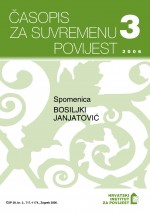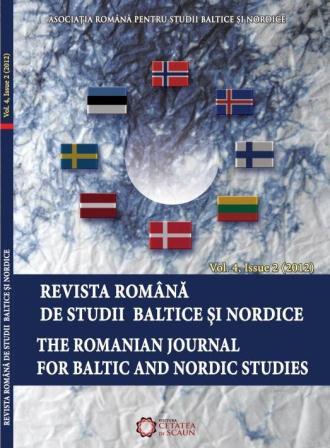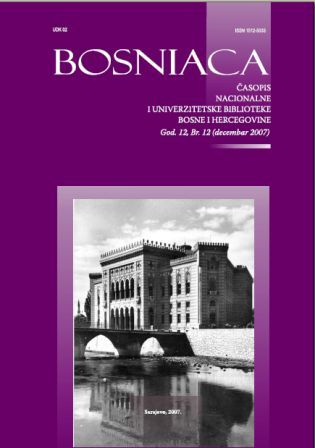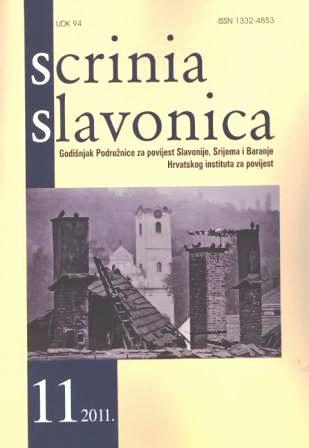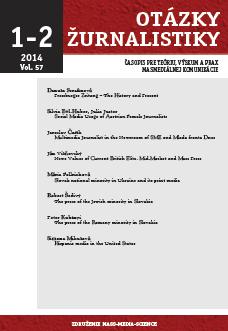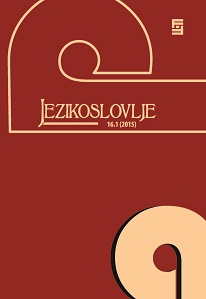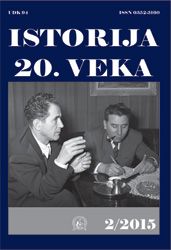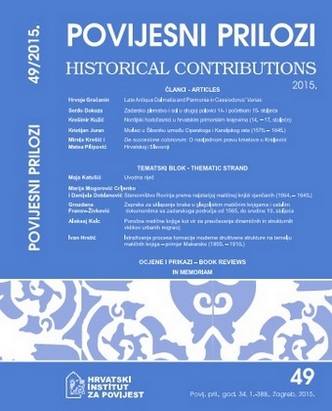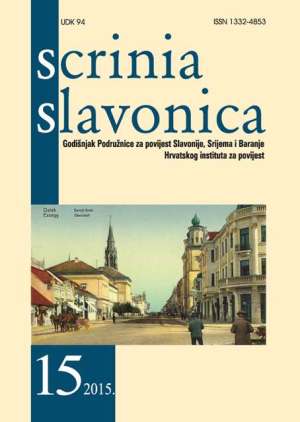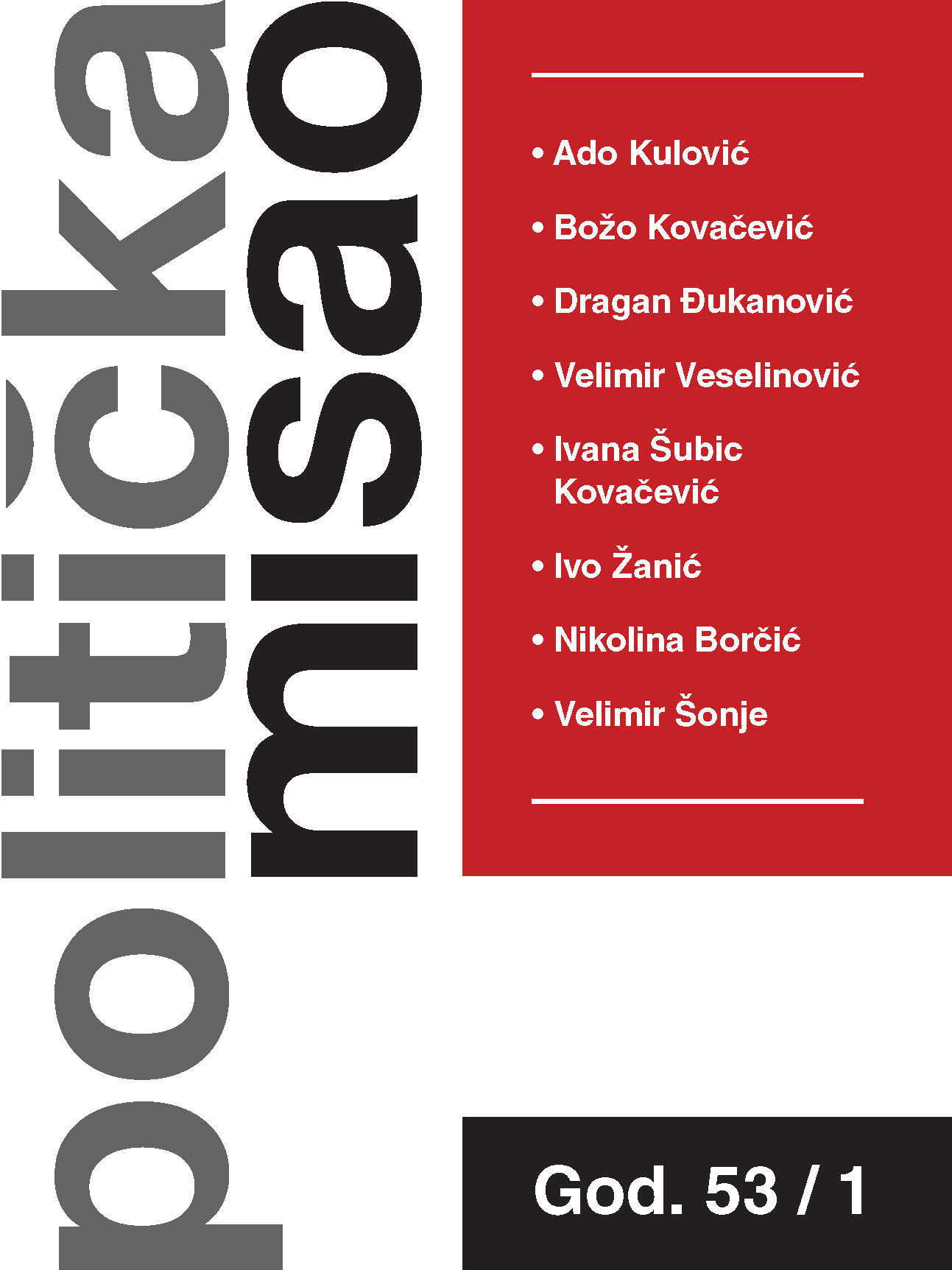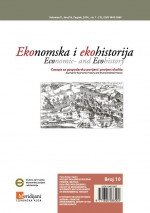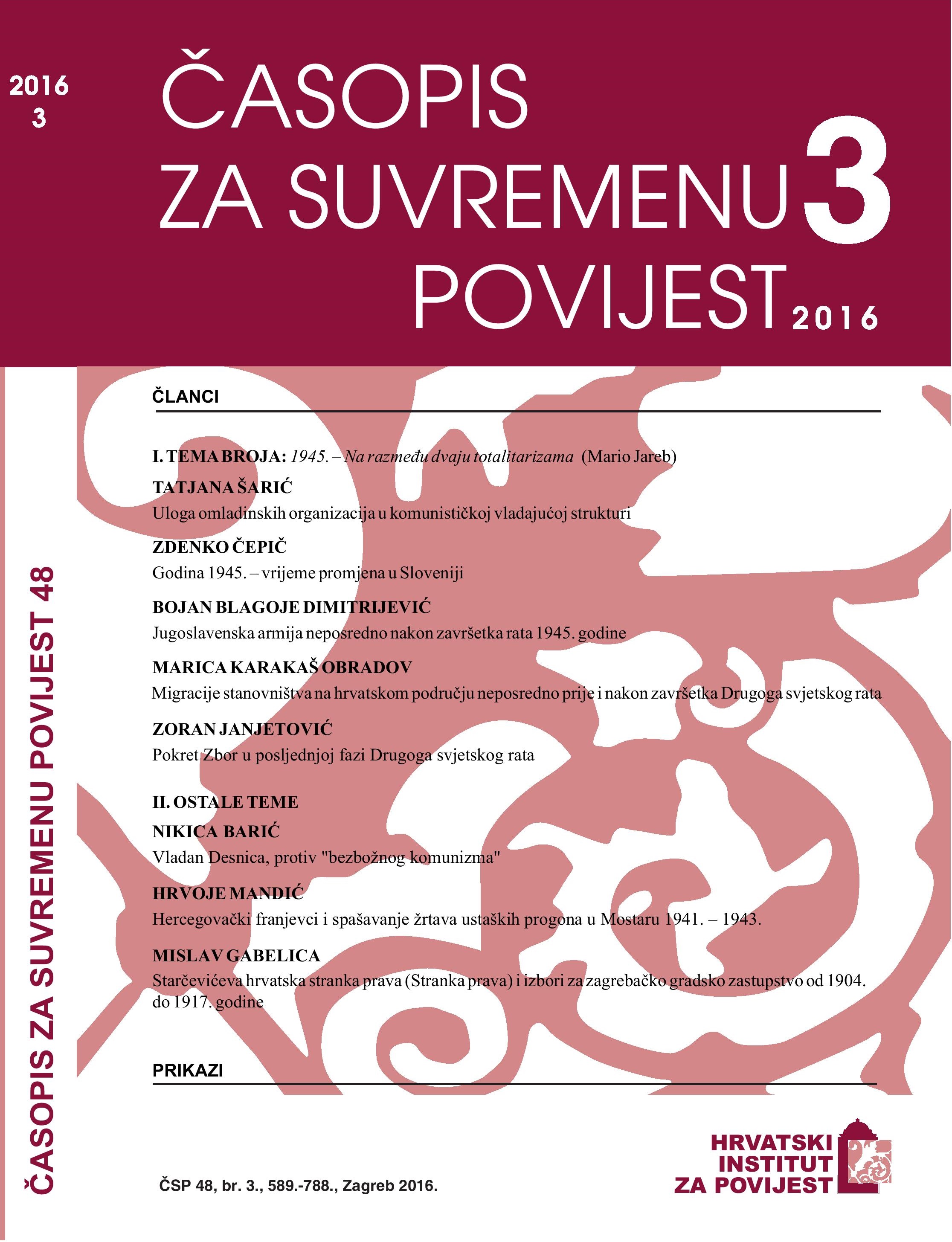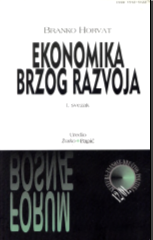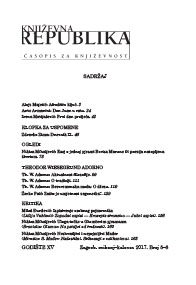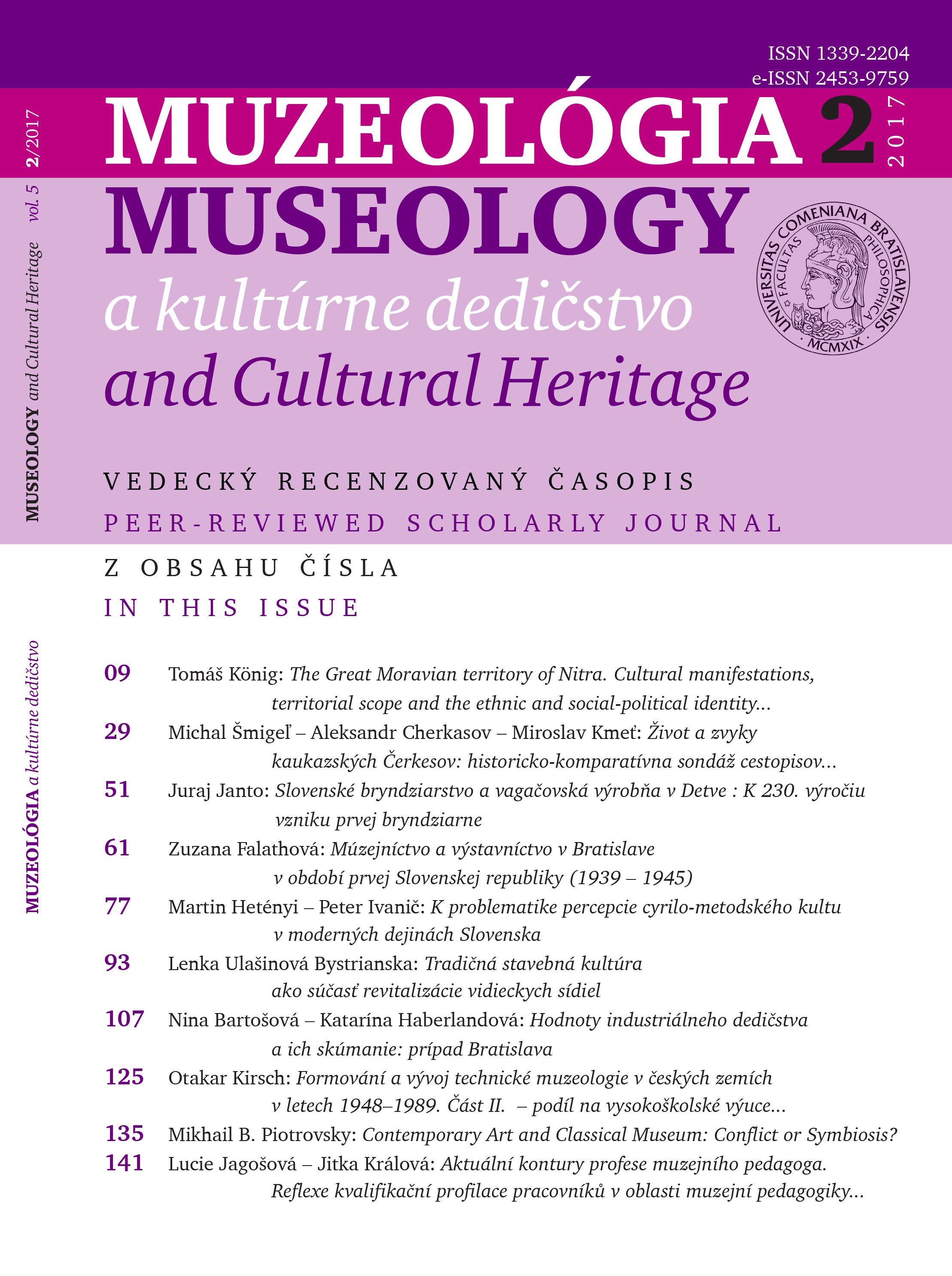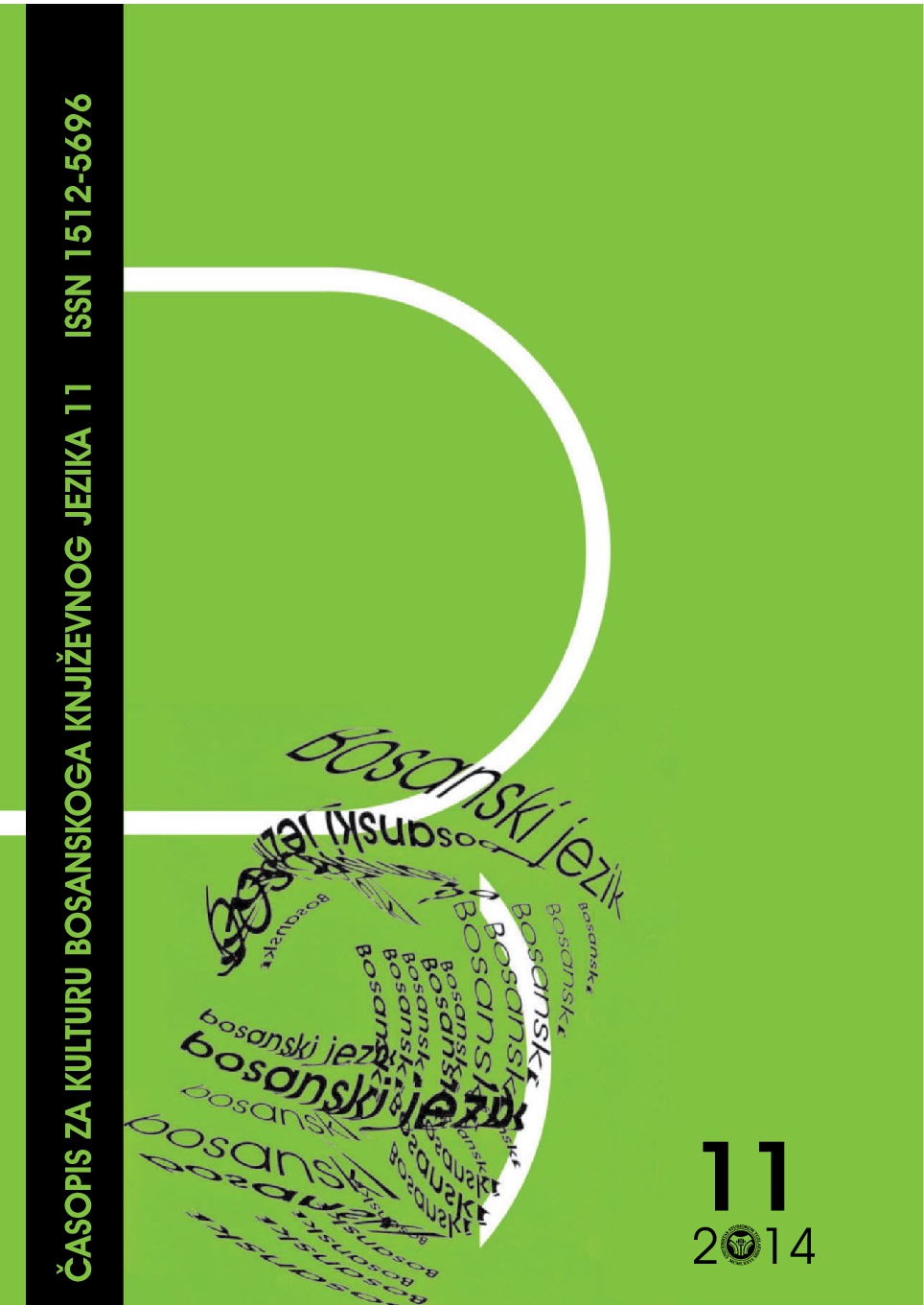Morlaci u Šibeniku između Ciparskoga i Kandijskog rata (1570. – 1645.)
Author(s): Kristijan Juran / Language(s): English,Croatian
/ Issue: 49/2015
Keywords: Morlacs; Šibenik; 16th and 17th centuries; Venetian-Ottoman relations; migrations
In the period between the War of Cyprus and the Cretan War (1573 – 1645), the trading relations between the Venetian Republic and the Ottoman Empire were very fruitful and dynamic. The same can be said about Dalmatia as the border area between them, which was particularly evident in the everyday life of Šibenik as one of the centres of intense Venetian-Ottoman trade and mutual cultural influences. The Morlacs, members of Christian communities living in the Ottoman hinterland of the Dalmatian communes, played an important role in trade. They mostly brought corn, meat, cheese, and wool to Šibenik and bought from Šibenik’s and Italian merchants fabrics, jewellery, clothes, delicacies, and most importantly – salt. This can be concluded from the numerous contracts signed in the offices of Šibenik’s notaries, most of which have the form of debt certificates, i.e. statements of credit-debit obligations in the framework of a well-developed credit-based trade. Nevertheless, the relatively frequent appearance of Morlacs in the records of Šibenik’s notaries is not primarily a reflection of elaborate export trade (in which the Ottoman Muslims played a more prominent role), but rather a consequence of the need of local Morlac communities to buy goods on credit from the merchants of Šibenik. One should also note that the trading contacts between Šibenik’s families and individuals from the rural border settlements of the Šibenik commune on the one side, and the Morlacs on the other, often evolved into more complex and even intimate relations of family and friendship.Members of Morlac katuns and villages under the Ottoman governance are almost without exception documented in Šibenik’s notarial and communal documents not only by their given and family names (and/or patronymic), but also by the label “Morlac” (Morlachus, Morlacho) or, more rarely, “Vlach” (Vlachus, Valacho), while the registry books of Šibenik give the ethnonym of “Molos” (Molossus). Contrary to that, Christian merchants from the Ottoman cities, most of whom were, judging from the preserved notarial records, coming to Šibenik from Skradin, Drniš, Knin, and Banja Luka, were not especially or additionally identified as Morlacs. Some of them are mentioned only by their given and family names. During the period in question, one can also observe an increased number of Morlac immigrants. Individual, temporary or permanent migrations of Morlacs to the Šibenik area were mostly related to army service, servant job, or contracting “mixed” marriages. On the basis of analysed sources, one may conclude that the most prominent destinations for the Morlac migrants included Šibenik’s suburb of Varoš (Vrtovi), Vrpolje, and Jadrtovac (a castrum of the Andreis family). These were also the three crucial defence points of Šibenik’s mainland, if one excludes the guarding posts scattered all over the numerous hills. The Morlac migrants mostly came from settlements in the vicinity of the Šibenik-Ottoman border. They belonged to the communities of Zagora, Petrovo Polje, Miljevci, and Cetina, with which the citizens of Šibenik were generally in good relations, especially when it came to trade. It is from the same area that large groups of refuges would colonize the Šibenik area during the Cretan and Morean wars.
More...
